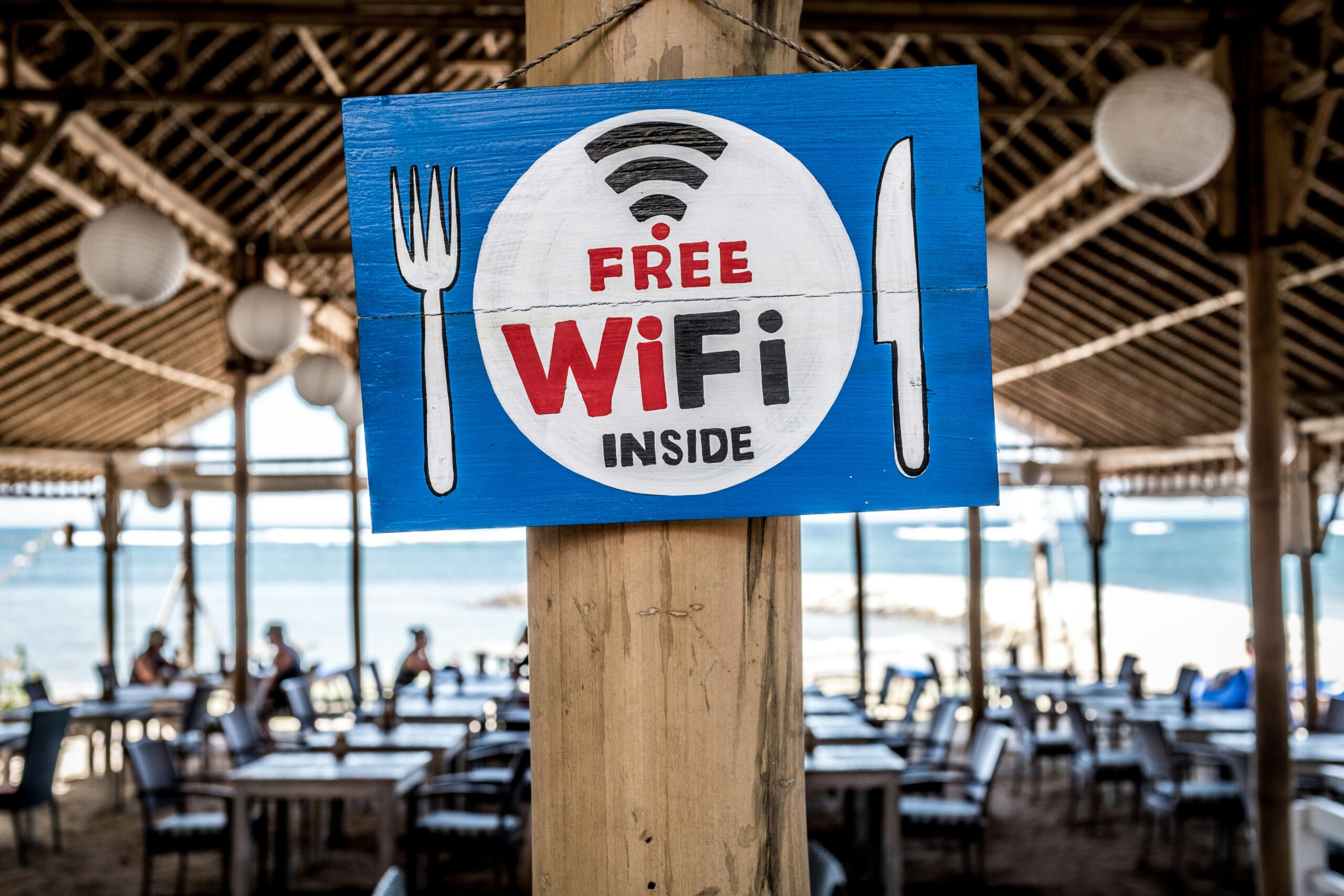Whether you’re exploring a new city, traveling for work, or on a road trip, staying connected to the internet is often a top priority. While Wi-Fi is usually preferred to save on cellular data and get faster browsing, finding reliable internet access away from home can sometimes be a challenge. Luckily, there are several practical solutions that can keep you online no matter where your journey takes you. This guide highlights the most effective ways to access Wi-Fi when you’re on the move, so you can stay productive and connected.
Turn Your Smartphone into a Portable Wi-Fi Hotspot
Most smartphones can be used as mobile hotspots, sharing their cellular connection with other devices like tablets or laptops. It’s a quick and easy way to get online when Wi-Fi networks aren’t available. Hotspot availability may vary based on your specific mobile device and plan features, and may be an extra charge. Do check with your mobile service provider to make sure.
Also keep in mind that hotspot use can drain your phone’s battery quickly—consider carrying a portable charger.
Feel free to check out our article on Turning Your Phone Into a Hotspot. For a quick overview, you should be able to access it:
- iPhone: Go to Settings >> Personal Hotspot, then toggle it on. You’ll be prompted to create a password which should be one that’s strong and complex.
- On Android devices: Open Settings >> Connections >> Mobile Hotspot and Tethering or Settings >> Network & Internet > Hotspot & Tethering
Security tips:
- Change the default network name (SSID) and password to prevent unauthorized access.
- Enable WPA2 encryption to protect your data.
Use a Portable Wi-Fi Router
If your phone doesn’t support hotspot functionality or your data plan isn’t enough, a portable Wi-Fi router (often called a pocket router) can be a great alternative. These small devices create a Wi-Fi network that multiple devices can connect to at once.
Generally, you’ll obtain the router or purchase directly from a provider. With a dedicated SIM card from the cellular provider, the router can then share its internet connection via Wi-Fi (some also provide direct ethernet). Most are powered via USB, making them easy to carry and recharge during travel.
Advantages:
- More secure than public Wi-Fi networks.
- Supports several devices simultaneously, perfect for families or groups.
Public Wi-Fi: Quick and Convenient
Many places—coffee shops, airports, hotels, libraries, and restaurants including fast food—offer free Wi-Fi for visitors. These networks can be a lifesaver when you need quick internet access without using your data plan.
Best practices:
- Verify the network’s legitimacy before connecting to avoid rouge networks.
- Be cautious about the data you access or share. Aoid accessing sensitive accounts or transmitting confidential information unless you’re using a trusted VPN for an extra layer of security.
Note:
Public Wi-Fi can be slower and less secure. Use it wisely and avoid activities like online banking or shopping unless you’re protected.
Find Wi-Fi Hotspots with Apps and Online Tools
Several apps and websites can help you locate nearby free or paid Wi-Fi hotspots. For example, some social media platforms have features to find public Wi-Fi, and dedicated Wi-Fi finder apps such as wifimap.io can provide maps of available networks.
Stay safe:
- Verify the network before connecting.
- Treat like public Wi-Fi using cybersecurity tools like VPNs to secure your connection on unfamiliar networks and for sensitive tasks.
Staying connected while traveling doesn’t have to be complicated. Whether you’re turning your phone into a hotspot, using a portable router, or finding nearby free Wi-Fi, there are plenty of ways to stay online. Just remember to prioritize security and manage your data carefully so your journey remains smooth.



Leave a Reply